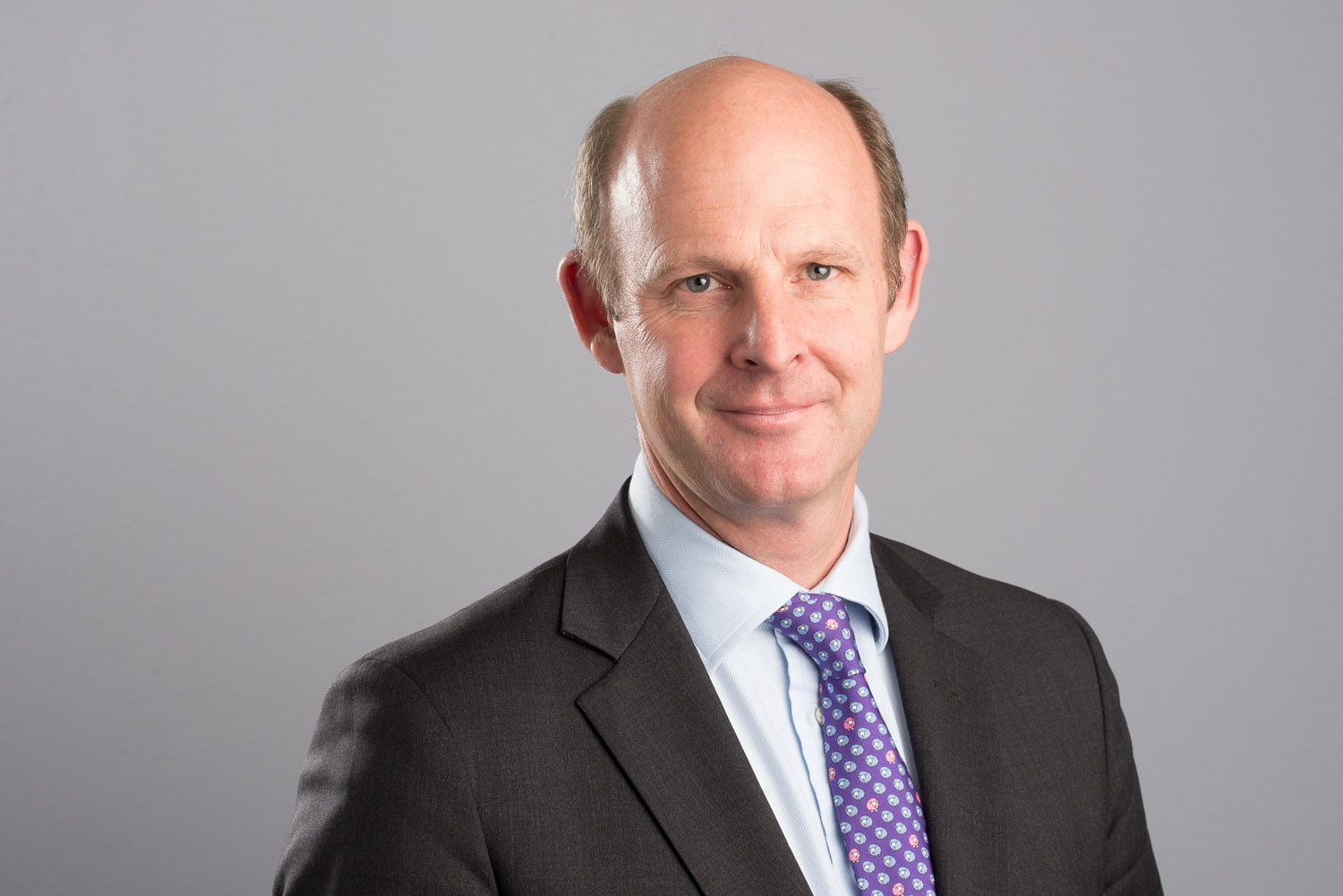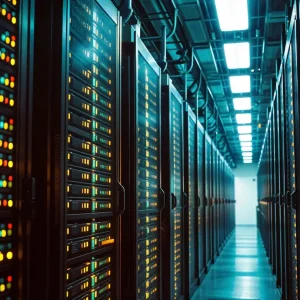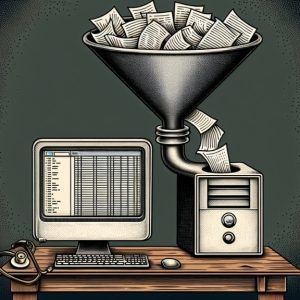
Rocket launches are nerve-racking events. One in 20 launches fails. And when rockets fail, they usually fail spectacularly.
On Aug 28th 2015 Inmarsat launched its F3 GX 5 satellite. This satellite represents the third and final piece in the UK satellite telecoms company’s GX (Global Xpress) network. It will deliver high speed satellite broadband to just about anywhere in the world with global coverage from a single operator. Once operational at its 35,000km geo-stationary orbit above the equator, the Inmarsat spacecraft will be able to beam 50Mbps broadband on a global, regional or spot beam basis on the Ka spectrum band.
There was a lot riding on the launch. Global Xpress is expected to generate $500m in annual revenues by 2020.
On the day of the launch there was a palpable sense of tension in the Inmarsat London HQ as we watched a video of the Proton V launch vehicle blast off from Baikonur in Kazakstan with the company’s $400m Boeing built F3 Satellite payload.
A few weeks before the launch I sit with Inmarsat CEO Rupert Pearce in his office above Old Street roundabout in London (aka Silicon Roundabout) I begin by asking him why he is in such a high risk, highly capital intensive business?
"It is high risk in two ways. You have to put a lot of money to work to be in business at all. A satellite costs $300m or $400m US. To launch it costs $150m dollars. So you’re looking at half a billion dollar in up-front investment before you can make one dollar in revenue. And that’s just one satellite that gives you regional coverage," he says.
As it was still some weeks away, what was occupying Inmarsat and its boss at our time of speaking was the G5 F3 launch mentioned above.
Robust investors required
"It is risk intensive and it is not for the faint hearted. You have to earn the thick end of $1.5bn to earn your first dollar. That’s a big barrier to entry. And although you can insure a launch, something like 5% of all launches end in failure."
Given the risks of failure even before it leaves the ground, what breed of investor is attracted to satellite operation?
"We IPO’d in june 2005 on the London Stock Exchange. For the first 5-6 years we grew at double digit rates so we were a growth star that paid a healthy dividend. Every year we’ve grown the dividend. So we’re seen as having a strong yield. Last year we grew the dividend 5%. We’re a rare company – we attract growth investors and yield investors."
That double digit growth rate has tailed off recently.
"For the last 2-3 yrs we’ve not been growing at double digit rates because we’re coming to the end of life on one technology and looking to move to a new technology. Once we’ve rolled out with Global Xpress we believe we’ll be back to double digit growth."
Despite global challenging market conditions Inmarsat’s share price rose follwing the successful launch and entry into orbit of the F3 satellite. Once fully operational after testing the GX 5 will begin commercial services before the year’s end.
Financials
For the half year to 30 June 2015 revenues were $616m with wholesale Mobile Satellite Service revenues up 4% to $403.8m.
EBITDA was $342m down from $369.7m with profit after tax of $131m from 2014’s $136m.
In Q2 total revenues were $311m (2014 $307m)
Changing Revenue Mix:
Maritime down $5.3m to $147.3m (-3.5%);
Government down $10.1m to $70.4m (-12.5%);
Enterprise up $0.5m to $40.4m (+1.3%); underlying growth (excl. disposal) +8.9%;
Aviation up $7.0m to $30.8m (+29.4%);
$17.5m from LightSquared (2014: $1.8m).
Wholesale Mobile Satellite Service (MSS) revenues $205.6m, up 4.8% (2014: $196.1m)
Read the full in-depth interview in the September edition of Computer Business Review.






